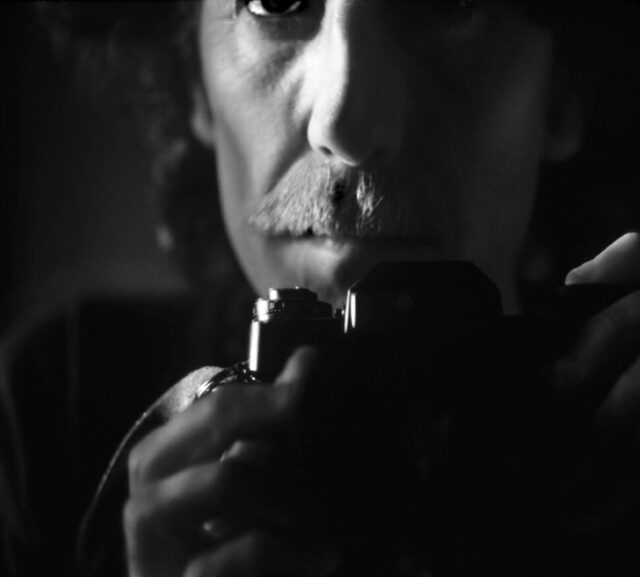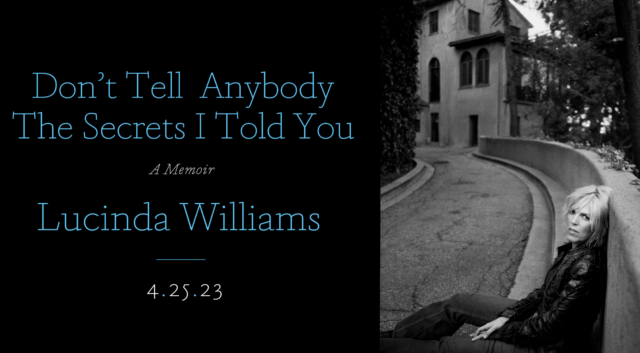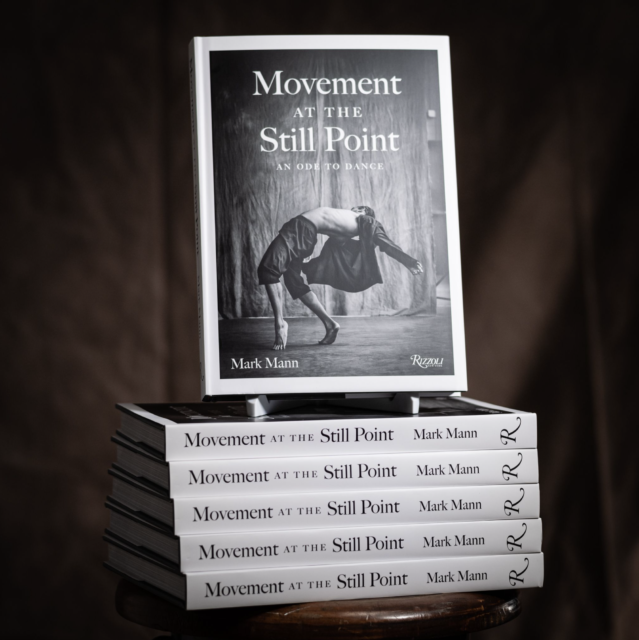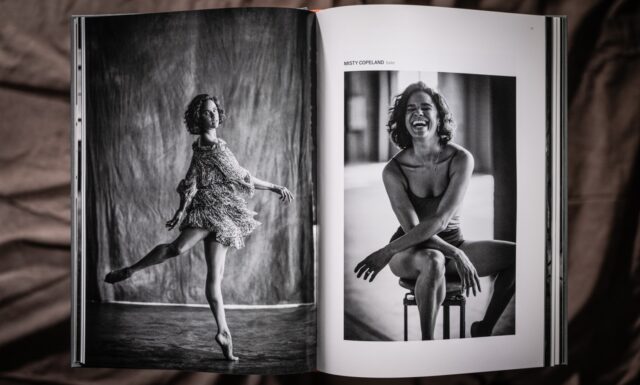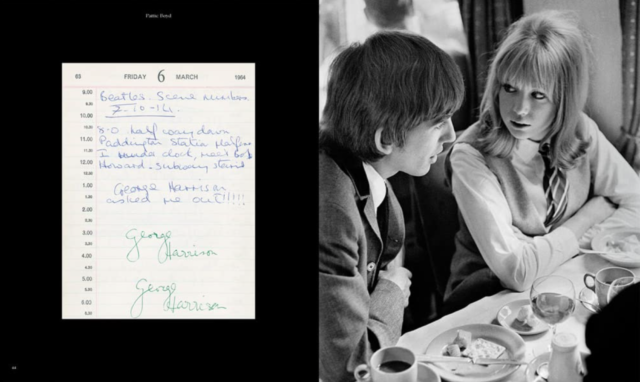
DAVID BOWIE WORLD FAN CONVENTION: DERYCK TODD’S BOWIEBALL
Racket
431 West Sixteenth St. between Ninth & Tenth Aves.
Saturday, June 17, 8:00, $96.83
Sold-out convention runs June 16-18
bowieconvention.com
www.bowerypresents.com
In the introduction to his revised and updated 2016 book The Complete David Bowie, Nicholas Pegg writes, “If you want to enjoy David Bowie’s work to the full, keep an open mind. What makes Bowie such a supremely fascinating artist is that his career presents an implicit challenge to conventional notions of creative continuity. He has repeatedly confounded attempts to pigeonhole him as this or that kind of artist, and the result has been one of rock music’s longest and most successful careers.”
While his career came to an end in January 2016 when the man born David Jones in Brixton died at the age of sixty-nine, the fascination with the Thin White Duke continues unabated, with museum exhibitions such as the spectacular “David Bowie Is” at the Brooklyn Museum, the pandemic livestream benefits “A Bowie Celebration” featuring a multitude of music stars, and the release of a series of posthumous live albums and box sets.
Pegg will serve as compère for the 2023 David Bowie World Fan Convention, taking place June 17 and 18 at Racket, the Chelsea club formerly known as the High Line Ballroom, where Bowie curated the inaugural High Line Festival in 2007, putting together a lineup that included Ricky Gervais, Arcade Fire, Air, Laurie Anderson, Deerhoof, the Polyphonic Spree, Daniel Johnston, Bang on a Can All Stars, and others. The convention, which has a bonus VIP day on June 16, features panel discussions, live performances, and a trivia evening; tickets are still available for Deryck Todd’s “BowieBall” Saturday night, with a “Best Dressed Bowie” costume contest, drag and burlesque, dancing, and live performances by vocalist Ava Cherry, musician and writer Jeff Slate, and Bowie DJs TheMenWhoFell2Earth. This year’s convention honors the fortieth anniversary of Let’s Dance and the fiftieth anniversary of Aladdin Sane, two of Bowie’s most popular records.
Below is the full schedule. In addition, Modern Rocks Gallery is hosting a photography exhibit at the Maker’s Studio in Chelsea Market, with pictures by Sukita, Terry O’Neill, Dennis O’Regan, Kevin Cummins, Brian Aris, and Duffy and an exclusive limited edition print of John Rowlands’s “The Archer.” And you can’t go wrong by starting the weekend with Raquel Cion’s one-woman show, Me & Mr. Jones: My Intimate Relationship with David Bowie, at the Cutting Room on Friday night; held in association with the convention, it is a personal and poignant exploration of fandom and the impact Bowie has had on people’s lives.
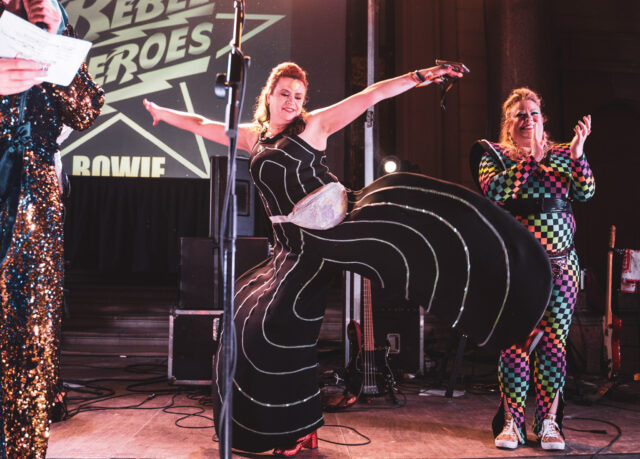
BowieBall features a costume contest, live performances, lots of dancing, and more (photo by Sam McMahon)
Saturday, June 17
Heroes, Zeroes, and Absolute Beginners, with bassist Carmine Rojas and guitarist Kevin Armstrong, moderated by Nicholas Pegg, 10:00 am
Planet Earth Is Blue, with singer and multi-instrumentalist Emm Gryner and producer and multi-instrumentalist Mark Plati, on “Space Oddity” performance aboard the International Space Station, Toy, the Hours Tour, and more, 11:00
Fa-Fa-Fa-Fa-Fashion, with fashion designer Keanan Duffty and musicians Ava Cherry and Joey Arias, 12:15
Fantastic Voyage, with producer, arranger, bassist, and vocalist Tony Visconti and studio engineer and backing vocalist Erin Tonkon, moderated by Nicholas Pegg, 2:00
Golden Years, with guitarist Carlos Alomar, singer Robin Clark, and bassist George Murray, moderated by Nicholas Pegg, 3:00
BowieBall, live performances by vocalist Ava Cherry, musician and writer Jeff Slate, and Bowie DJs TheMenWhoFell2Earth, a “Best Dressed Bowie” costume contest, drag and burlesque, and more, hosted by Michael T, 8:00
Sunday, June 18
Red Shoes, Blue Jeans, and Glass Spiders, with guitarist Carlos Alomar, singer Robin Clark, and bassist Carmine Rojas, moderated by Nicholas Pegg, 11:00
I’ve Got to Write It Down, with Nacho; Chris O’Leary, author of Pushing Ahead of the Dame; Stephen Pitalo, author of Bohemian Rhapsodies, Thrillers & November Rains; and Nicholas Pegg, author of The Complete David Bowie, moderated by Nacho, 12:15
You Belong in Rock’n’Roll, with guitarist Kevin Armstrong and producer Tim Palmer, moderated by Nicholas Pegg, 2:00
Brilliant Adventure, with producer and multi-instrumentalist Mark Plati, moderated by Nicholas Pegg, 3:00
Everyone Says “Hi”: Tony Visconti and Friends, with guitarist Carlos Alomar, singer Robin Clark, studio engineer and backing vocalist Erin Tonkon, bassist George Murray, and producer Tony Visconti, moderated by Nicholas Pegg, 4:00
Nacho’s Videos Presents, with Nacho, Ava Cherry, Michael T, TheMenWhoFell2Earth, and more 5:45
Nicholas Pegg’s David Bowie Quiz, the Cutting Room, 7:30
Closing Party, with TheMenWhoFell2Earth DJs, Bowery Electric, 8:00 pm – 2:00 am
